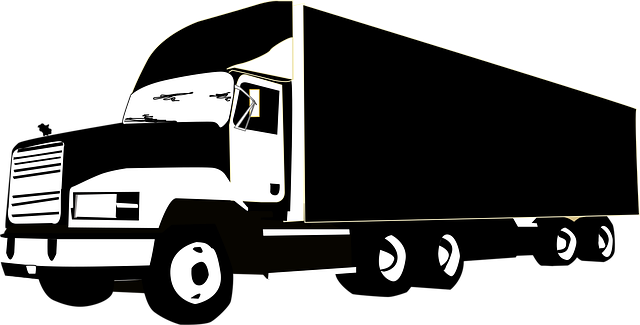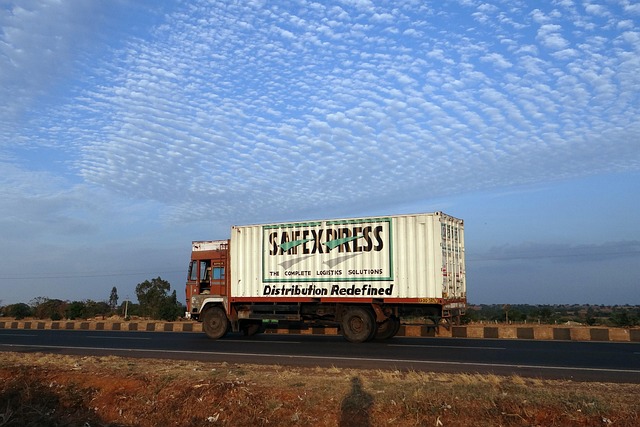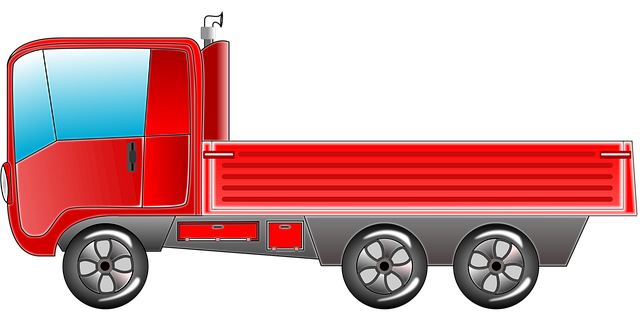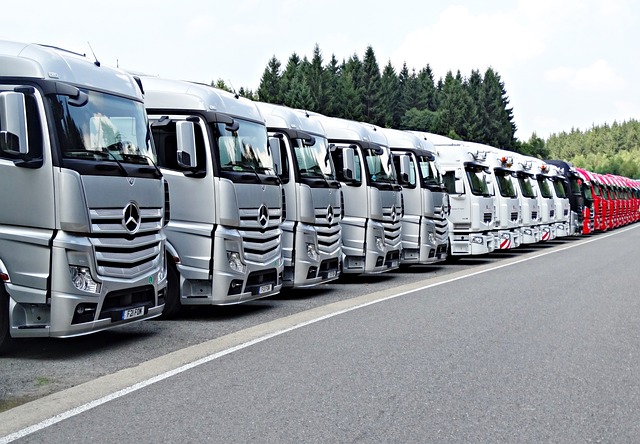Looking to register your car in California? This comprehensive guide walks you through every step. From understanding key requirements and gathering essential documents, to verifying your Vehicle Identification Number (VIN) accuracy using reliable VIN verifier tools, this process ensures a smooth experience. You’ll learn whether to register online or in-person, and how to pay fees and obtain license plates. Streamline the process today!
- Understand California Car Registration Requirements
- Gather Necessary Documents for Car Registration
- Verify Vehicle Identification Number (VIN) Accuracy
- Complete Online or In-Person Registration Process
- Pay Car Registration Fees and Receive License Plate
Understand California Car Registration Requirements

Before registering your car in California, it’s crucial to understand the state’s specific requirements for vehicle registration. One key aspect is ensuring your car has a valid and accurate Vehicle Identification Number (VIN) inspection. This process involves verifying the VIN using official methods, which can be done through a mobile vin inspection or by utilizing online resources provided by the California Department of Motor Vehicles (DMV).
California mandates that vehicles meet certain safety and environmental standards to be eligible for registration. This includes checking the vehicle’s title, insurance coverage, and other necessary documents. Additionally, you may need to undergo a mobile vin verification process, where a professional inspector checks your car’s VIN and associated data, ensuring everything is in order before finalizing the registration.
Gather Necessary Documents for Car Registration

Before diving into the registration process, ensure you have all the required documents ready. This typically includes your vehicle’s Registration Application (Form DVF 14), which can be obtained from the California Department of Motor Vehicles (DMV). Also, gather proof of insurance, a valid driver’s license, and the Vehicle Identification Number (VIN) verifier or a mobile VIN inspection report. The VIN is a unique code that identifies your car, and you can check it with a trusted mobile vin verifier to ensure its accuracy.
Additionally, have the necessary fees ready as you will need to pay for registration, title transfer (if applicable), and possibly a smog test depending on your vehicle’s age and emissions standards. Properly prepared documents streamline the registration process, making it faster and less stressful at the DMV or any authorized registration center in California.
Verify Vehicle Identification Number (VIN) Accuracy

Before registering your car in California, it’s crucial to ensure the Vehicle Identification Number (VIN) is accurate and legitimate. A VIN acts as a unique fingerprint for your vehicle, providing critical information about its make, model, year, and manufacturing details. To verify the VIN’s accuracy, you can use a reliable mobile vin verifier or mobile vin inspection service that checks against global databases to confirm its authenticity.
This step is essential because an incorrect or tampered-with VIN can lead to significant issues during registration. A valid VIN ensures that your vehicle meets all safety and emission standards set by the California Department of Motor Vehicles (DMV). Using a mobile vin verification tool allows for convenient, on-demand checks, making it easier than ever to ensure everything is in order before submitting your car for registration.
Complete Online or In-Person Registration Process

In California, registering your car involves a straightforward process that can be completed either online or in-person at a local Department of Motor Vehicles (DMV) office. The first step for both methods is to gather all necessary documents, including your vehicle’s registration certificate, proof of insurance, and identification with a photo. For online registration, you’ll also need a valid driver’s license or state ID card, along with a mobile vin verifier app that allows you to input your car’s unique Vehicle Identification Number (VIN) for verification. This ensures the vehicle’s history is checked against any reported issues or outstanding recalls.
If opting for an in-person visit, you can expect a more traditional approach. Bring your documents and a valid check or money order for the registration fee. A DMV representative will verify your information, conduct a title search, and perform a vehicle inspection (including a VIN inspection) to ensure it’s safe to operate on California roads. Once all details are confirmed accurate, you’ll be issued a new registration certificate, ensuring your car is legally registered and ready to hit the open road.
Pay Car Registration Fees and Receive License Plate

After verifying your vehicle’s eligibility for registration through a VIN verifier like a mobile VIN inspection or traditional VIN inspection, it’s time to pay the car registration fees. These fees vary based on several factors, including your vehicle’s type and age. You can typically pay online, over the phone, or in person at a designated DMV office. Once the payment is processed, you’ll receive your license plates. These plates are essential not only for legal compliance but also for identifying your vehicle on California roads. Ensure that the plates are securely fastened to both sides of your vehicle as per state regulations.
Registering a car in California is a straightforward process, whether done online or in person. By understanding the state’s requirements, gathering the necessary documents, including a accurate Vehicle Identification Number (VIN) verification using a trusted VIN verifier, and completing the registration process promptly, you can ensure your vehicle is legally registered and ready to hit the road. Don’t forget to pay the required fees and obtain your license plates to fully comply with California’s car registration regulations.



